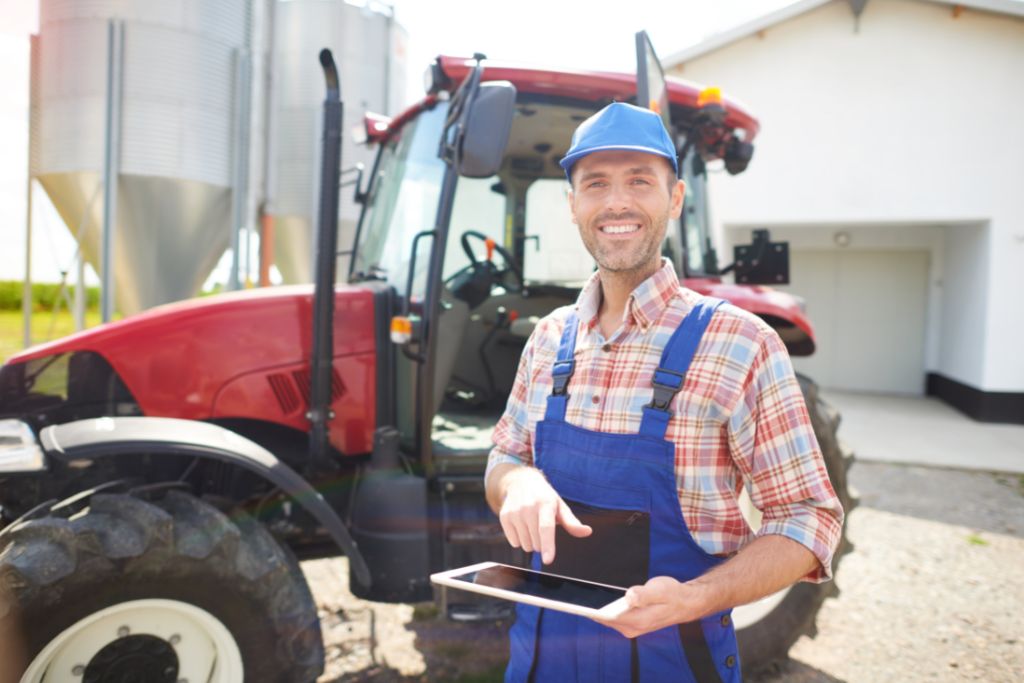Among the many things that a modern farmer has to be aware of is how to operate their farm profitably. They must also know how important it is to use digital technologies and farm in a way that is good for the environment.
Landings: A Crooked Creek Farm Year by Arwen Donahue
Described as a “hybrid memoir/art book”, Landings is about farming and art. The book is a collection of 130 ink and watercolor drawings that reflect the daily happenings of a family farm in Kentucky. The drawings are paired with a written description of the day’s events.
The author writes about the small but mighty steps farmers take to be more environmentally friendly. He describes the benefits of using agricultural drones to analyze soil moisture. He also discusses the use of predictive planting models to increase yields with fewer resources.

A few other interesting stories are discussed. Wendell Berry is a farmer in Kentucky. He wrote the famous crop circles, and his drawing of a rooster is also a sight to behold. He has also received an Al Smith Fellowship from the Kentucky Arts Council.
The author mentions the Black Zocalo cooperative, a group that teaches native plants. He also discusses community grazing efforts and their impact on tall, dry grass that can contribute to wildfires.
Farmers must adopt sustainable farming practices
Agricultural practices today have a huge impact on the environment. Farmers and farmers’ organizations are becoming increasingly aware of the need for sustainable farming techniques. These practices aim to restore and protect the natural resources of the planet, while also feeding the world’s growing population.
Sustainable farming is an approach to agriculture that relies on the use of natural processes and the replenishment of soil. In addition, sustainable farming minimizes the usage of synthetic fertilizers and chemicals.

In order to implement these practices, it is important for policymakers to promote them. Farmers can benefit from adopting these practices through financial incentives and regulatory measures. Incentives can be market- or non-market-based and must be aimed at balancing short- and long-term outcomes. Moreover, incentives should be based on the characteristics of the target population.
Some of the key benefits of adopting sustainable farming practices are minimizing dependence on the use of non-renewable resources, reducing greenhouse gas emissions, and warding off pests. These benefits are especially important in the face of climate change.
They must embrace digital technologies
Agricultural technology offers significant opportunities for improving economics and improving yields. However, it also poses a political challenge. The adoption of new technologies in agriculture can be an important step towards a more sustainable food system. It is essential that policymakers consider the potential consequences of these innovations.
The digital era has introduced a number of innovative new technologies. These innovations can provide farmers with more accurate data and tools for planning and decision-making. They can also allow producers to better manage their risks. This can help ensure long-term success in farming.

The report notes that some new technologies, such as drones and sensors, have the potential to transform the way we produce food. However, these innovations are not yet available on a large scale. They may only be applicable when basic building blocks of efficient crop production are in place.
Digital platforms have the potential to link agricultural businesses to a broader market of buyers, reducing the disproportionate share of profits taken by intermediaries. These platforms can also make it easier for farmers to plan and reduce the risk of unpredictable income.
They must operate profitably to ensure their survival
Newcomers to the agriculture sector face a number of challenges, whether they want to start a new farm or grow one they already have. These range from labor and capital requirements to accessing markets and training. Regardless of the challenges, many people want to become sustainable farmers.
To be successful, new entrants need social networks to help them share knowledge and pool resources. They also face the challenge of accessing credit and securing water rights. In a survey of young farmers, 82 percent listed access to irrigated farmland as an obstacle.

The structural overproduction of crops has created too-low crop prices. This has created large environmental externalities. In addition, industrial processes have generated externalized costs, making it difficult for farmers to earn a living.
In the 1970s, neoliberal policies began to influence markets. This led to financial incentives that drove the consolidation of farms. Today, larger-scale farms capture disproportionate profits. This has squeezed out lower-income farmers. Moreover, there are still large economic disparities among US farmers. In fact, the median income of US growers dropped to its lowest point in more than a decade.

